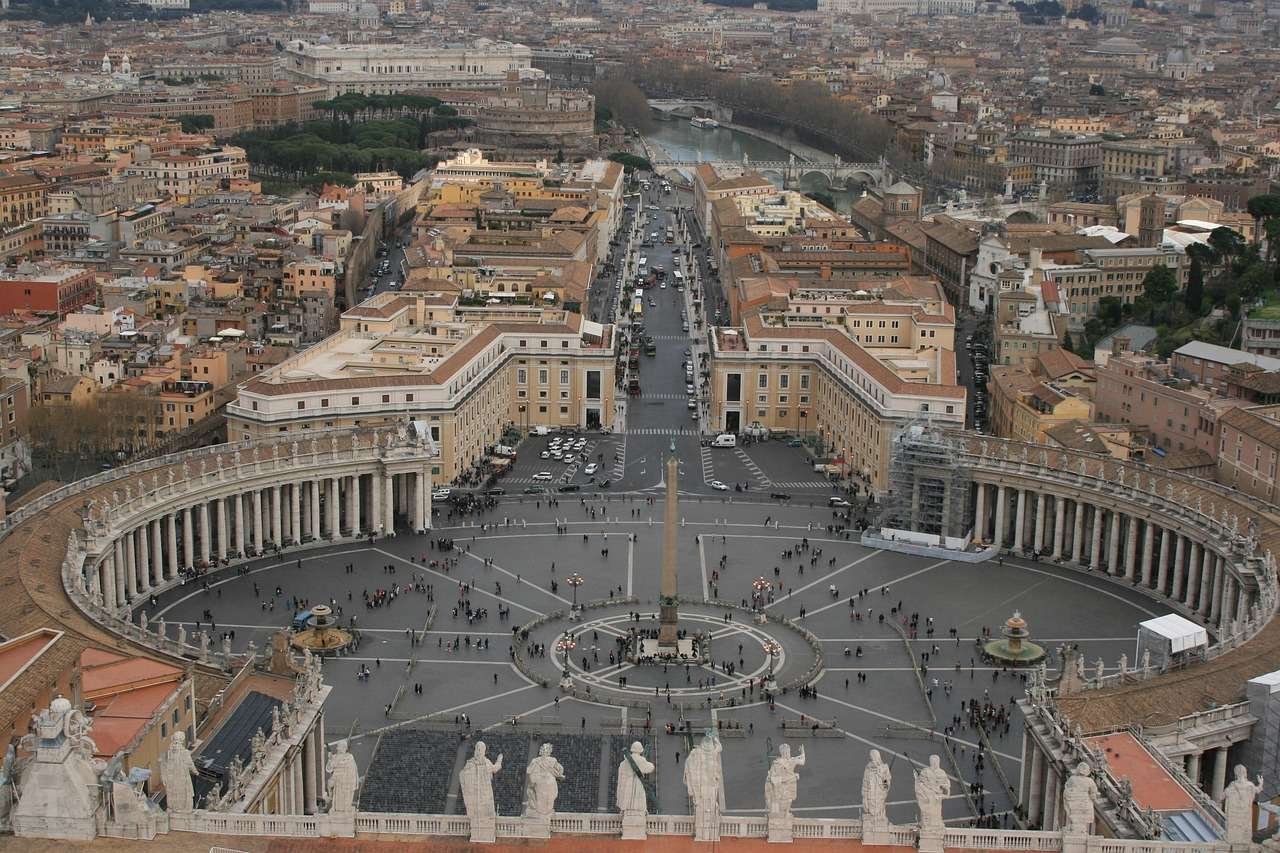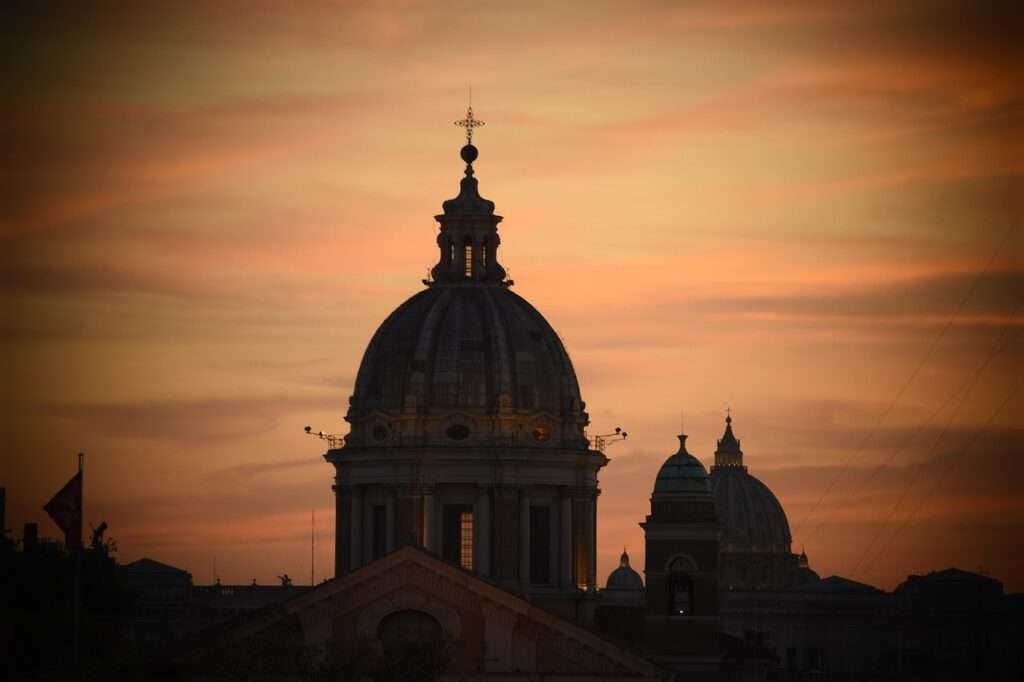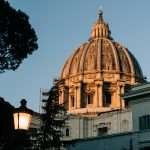Quick Answer
Which country is the least populated? Vatican City, with just 882 residents as of December 2024, is the world’s least populated sovereign state.
Overview of Vatican City

Nestled within the heart of Rome’s urban sprawl, Vatican City is the world’s only enclave microstate, purpose-built in 1929 to secure the Pope’s sovereignty and spiritual independence. Though it spans just 0.19 sq mi (49 ha), its global significance is immense:
- Founding & Governance
- Established by the Lateran Treaties (February 11, 1929) as a fully sovereign territory under the Holy See.
- Ruled as an absolute elective monarchy, with the Pope wielding supreme authority.
- Daily administration by the Pontifical Commission for Vatican City State, a body of cardinals appointed by the Pope.
- Territorial Footprint
- Surrounded by historic walls—entirely within Rome.
- Key districts: St. Peter’s Basilica, Apostolic Palace, Vatican Museums, Apostolic Gardens.
- Over 4 million sq ft of cultural heritage sites.
- Demographic & Institutional Role
- Administrative headquarters for the 1.4 billion-member Catholic Church.
- Population: clergy, Swiss Guard, Curia officials, select lay employees—no private residences.
- Housing provided in Vatican-owned apartments, barracks, or extraterritorial buildings in Rome.
For related context on other tiny states, see our article on Smallest Countries in the World.
Population Facts & Figures
| Metric | Figure |
|---|---|
| Resident Population (Dec 2024) | 882 residents |
| Vatican Citizens (2024) | 673 citizens (clergy, Swiss Guard, Curia officials) |
| Total Area | 0.19 sq mi (49 ha) |
| Population Density | ~4,650 people/sq mi (1,800/km²) |
| Growth Since 2011 | +54% (572 → 882 residents) |
| Median Age | 45.6 years (2024 estimate) |
- At 4,650 people/sq mi, Vatican City is 50× denser than the U.S. average (~94 people/sq mi).
- Tiny nation population dynamics reflect strict residency and no private housing.
- Microstate density exemplifies functional concentration, not crowding.
Life in the World’s Least Populated Country
Living in Vatican City is an exercise in functional minimalism—every resident, building, and service exists to support the Holy See’s mission. Here’s what day-to-day life looks like:
- Built Environment & Daily Rituals: Over 1,000 historic structures, morning muster of the Swiss Guard, liturgies, and briefings.
- Transportation & Mobility: Walking only; an 852 m railway spur for supplies; heliport for medical and official travel.
- Essential Services:
- Healthcare: Clinic by Red Cross; serious cases to Rome.
- Utilities: Solar panels, Italian-operated water/sewage, Vatican oversight.
- Communications: Vatican Radio, Television Center, .va domain.
- Postal: Poste Vaticane issues stamps, postal code SCV-00120.
- Education & Community: Elementary school on-site; major feasts unite residents of diverse roles.
- Tourism & Seasonal Flux: Over 5 million visitors annually; Holy Year 2025 to draw 32 million pilgrims.
Frequently Asked Questions
How many people live in Vatican City?
882 residents as of December 2024, including citizens and non-citizen personnel.
Why is Vatican City’s population so low?
Strict residency laws, no private housing, and its role as a spiritual center cap population.
Can visitors stay overnight?
No—overnight stays reserved for Vatican officials and their families.
What is its population density?
Approximately 4,650 people per square mile.
What Did We Learn Today?
- Vatican City spans 0.19 sq mi with just 882 residents.
- Strict legal and functional design keeps its population under 1,000.
- Daily life centers on spiritual, administrative, and cultural missions.
- Only four other sovereign states have fewer inhabitants.
- Microstate demographics reveal unique governance and density dynamics.





